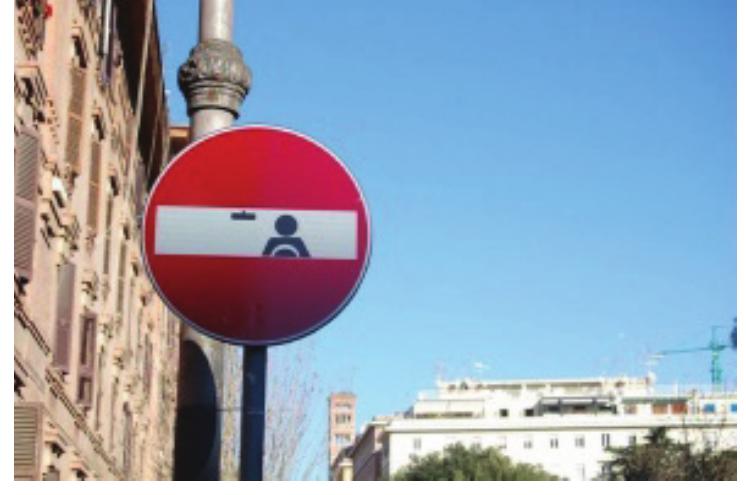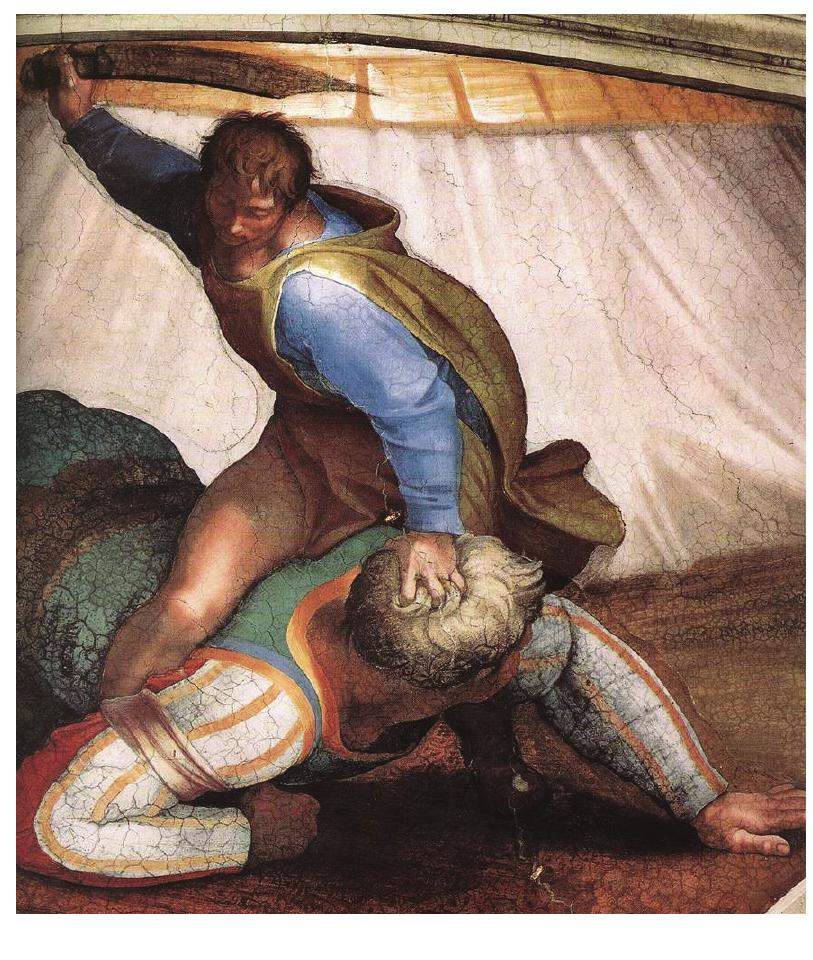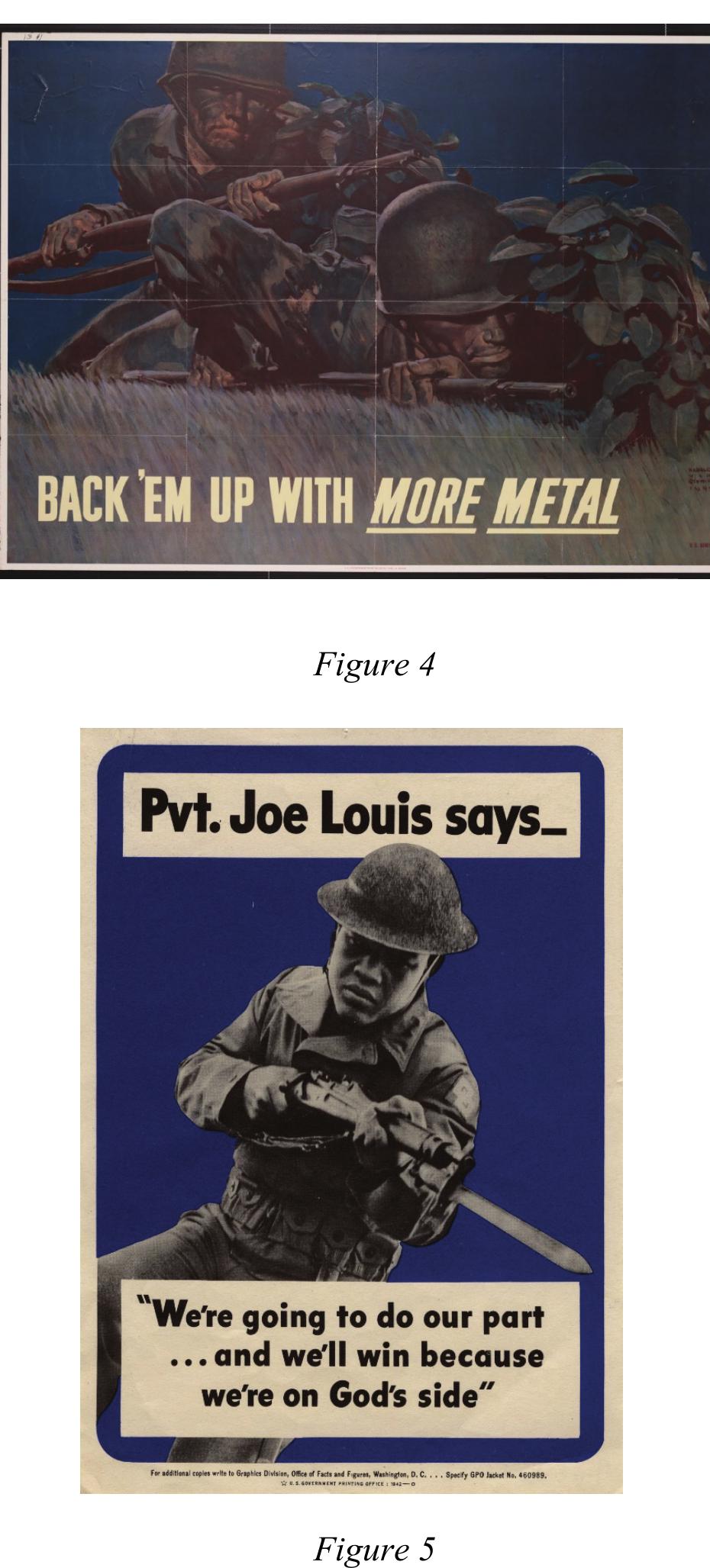“Reflections on the creative use of traffic signs’ ‘micro-language’”
2019, In: András Benedek and Kristóf Nyíri (eds.), Image and Metaphor in the New Century (Perspectives on Visual Learning vol. 3) -- pp. 103-113 [draft version]
Abstract
To help visual studies (and multimodal studies with a visual component) mature into a serious humanities discipline, it is crucial to be able to unveil patterns in the way visuals can communicate. Finding patterns requires first of all that it should be possible to identify recurring “building blocks” in visuals. Only if any recurring elements are found, it is sensible to ask whether any “rules” or “conventions” exist that prescribe how these elements can interact to create meaning – and how they cannot. In this chapter it is argued that since traffic signs constitute coded information, it is possible to use and adapt traffic signs' templates as a kind of visual "speech acts" to convey novel meanings, whose interpretation is steered and constrained by this speech act character. … Read more
Key takeaways
AI
AI
- Traffic signs can be adapted as visual speech acts to convey novel meanings.
- Visual metaphors and their structures enable communication of complex ideas in various media.
- The absence of elements in memorials, like names, shapes viewer perception and understanding of history.
- Cinematic techniques can reflect philosophical concepts, enriching the interpretation of visual narratives.
- The normalization of genocide is depicted through science fiction, revealing societal tendencies towards violence.
References (35)
- Maurice Merleau-Ponty, Phénoménologie de la perception, Paris: Gallimard, 1945.
- Jonathan Cole, Shaun Gallagher and David McNeill, "Gesture Following Dif- ferentiation: A Phenomenologically Informed Experimental Study", Phenomeno- logy and the Cognitive Sciences, vol. 1, no. 1 (2002), pp. 49-67.
- Dedre Gentner and Phillip Wolff, "Metaphor and Knowledge Change", in Eric Dietrich and Arthur Markman Lawrence (eds.), Cognitive Dynamics: Conceptual Change in Humans and Machines, Mahwah, NJ: Erlbaum Associates, 2000.
- Bipin Indurkhya, Metaphor and Cognition: An Interactionist Approach, Sprin- ger Science & Business Media, 2013.
- 9 Stephanie Geise and Christian Baden, "Putting the Image Back into the Frame: Modeling the Linkage between Visual Communication and Frame-Processing Theory", Communication Theory, vol. 25, no. 1 (2015), pp. 46-69.
- Stuart Hall, "Encoding/decoding", in Centre for Contemporary Cultural Studies (ed.), Culture, Media, Language: Working Papers in Cultural Studies, 1972- 1979, London: Routledge, 1980, pp. 128-138.
- Hall, op. cit.
- Maria Elizabeth Grabe and Erik P. Bucy, "Image Bite Analysis of Political Visuals: Understanding the Visual Framing Process in Election News", in Erik P. Bucy & R. Lance Holbert (eds.), Sourcebook for Political Communication Re- search: Methods, Measures, and Analytical Techniques, New York: Routledge, 2011, pp. 209-237.
- Laurence Williams, Phil Macnaghten, Richard Davies, and Sarah Curtis, "Framing 'Fracking': Exploring Public Perceptions of Hydraulic Fracturing in the United Kingdom", Public Understanding of Science, vol. 26, no. 1 (2017), pp. 89-104.
- Richard Buttny and Andrea M. Feldpausch-Parker, "Communicating Hydro- fracking", Environmental Communication, vol. 10, no. 3 (2016), pp. 289-291.
- Delia Dumitrescu and Erik P. Bucy, "How Images of War Victims Affect Pub- lic Opinion and Political Participation", paper presented to the Midwest Political Science Association, Political Psychology Division, Chicago, IL, April 2017.
- Doris A. Graber, "Say It with Pictures", The ANNALS of the American Acad- emy of Political and Social Science, vol. 546, no. 1 (1996), pp. 85-96.
- Laura M. Arpan, Kaysee Baker, Youngwon Lee, Taejin Jung, Lori Lorusso, and Jason Smith, "News Coverage of Social Protests and the Effects of Photographs and Prior Attitudes", Mass Communication and Society, vol. 9, no. 1 (2006), pp. 1-20. Right: Ideological Narratives and Moral Foundations", Psychological Inquiry, vol. 20, nos. 2-3, (2009), pp. 110-119.
- Nancy Eisenberg, Natalie D. Eggum, and Laura Di Giunta, "Empathy-Related Responding: Associations With Prosocial Behavior, Aggression, and Intergroup Relations", Social Issues and Policy Review, vol. 4, no. 1 (2010), pp. 143-180.
- Mark H. Davis, "Empathy and Prosocial Behavior", in David A. Schroeder and William G. Graziano (eds.), The Oxford Handbook of Prosocial Behavior, New York: Oxford University Press, 2015, pp. 282-306.
- C. Daniel Batson, "Empathy and Altruism", in Kirk Warren Brown and Mark R. Leary (eds.), The Oxford Handbook of Hypo-egoic Phenomena, New York: Oxford University Press, 2016, pp. 161-174.
- Davis, op. cit.
- Stefan Stürmer and Mark Snyder, "Helping 'Us' versus 'Them'. ", in Stefan Stürmer and Mark Snyder (eds.), The Psychology of Prosocial Behavior: Group Processes, Intergroup Relations, and Helping, Malden, MA: Wiley-Blackwell, 2009, pp. 33-58.
- Cigdem V. Sirin, Nicholas A. Valentino, and José D. Villalobos (2016), "Group Empathy in Response to Nonverbal Racial/Ethnic Cues: A National Experiment on Immigration Policy Attitudes", American Behavioral Scientist, vol. 60, no. 14, pp. 1676-1697.
- Aarti Iyer and Colin Wayne Leach, "Helping Disadvantaged Out-Groups Chal- lenge Unjust Inequality", in Stürmer and Snyder (eds.), The Psychology of Pro- social Behavior, pp. 337-354.
- Jonathan Haidt, "The Moral Emotions", in Richard J. Davidson, Klaus R. Sher- er, and H. Hill Goldsmith (eds.), Handbook of Affective Sciences, New York: Oxford University Press, 2003, pp. 852-870.
- Jesse Graham, Jonathan Haidt, and Brian A. Nosek, "Liberals and Conserv- atives Rely on Different Sets of Moral Foundations", Journal of Personality and 4 M. Merleau-Ponty, "Phenomenology and the Sciences of Man" [1961], in J. M. Edie (ed.) The Primacy of Perception, Evanston: Northwestern University Press, 1964, pp. 55 and 57.
- Merleau-Ponty supposed there were many different kinds of consciousness when he wrote "there are several ways for the body to be a body, several ways for con- sciousness to be consciousness". (M. Merleau-Ponty, Phenomenology of Percep- tion, Taylor & Francis e-Library, [1945] 2005, p. 109.)
- M. Merleau-Ponty, "The Primacy of Perception and Its Philosophical Conse- quences" [1947], in J. M. Edie (ed.) The Primacy of Perception, pp. 14, 15 and 14.
- M. Merleau-Ponty, "The Primacy of Perception and Its Philosophical Conse- quences", p. 21.
- M. Merleau-Ponty, "An Unpublished Text by Maurice Merleau-Ponty: A Pro- spectus of His Work" [1962], in J. M. Edie (ed.): The Primacy of Perception, p. 7.
- D. Brang and V. S. Ramachandran, "Survival of the Synesthesia Gene: Why Do People Hear Colors and Taste Words?", PLoS Biology, vol. 9, no. 11 (2011), p. 5.
- Brang and Ramachandran, "Survival of the Synesthesia Gene", p. 3. -Neural hyper-connectivity normally decreases during infancy and childhood thanks to a specific gene. Cross-activation between adjacent functional areas is probably the consequence of gene mutation. For details see V. S. Ramachandran and D. Brang, "From Molecules to Metaphor: Outlooks on Synesthesia Research", in J. Simner and E. Hubbard (eds.), Handbook of Synesthesia, Oxford: Oxford University Press, 2014, p. 1005. the conversational implicature in question -independenly of the "ori- gin" of that content. 12 Consider the case of "serial implicatures"! We can put some conversational implicatures in sequences: that the hearer is expected to infer x from what is said, while the hearer can also reasonably in- fer a further conversational implicature y from x. This means a con- versational implicature can serve as a vehicle to another conversa- tional implicature. But there is no expectation that the vehicle im- plicature x be compositionally obtained! (For example: the speaker says that It's almost 7. She conversationally implicates: "we'd better leave to catch our 8 o' clock film at the movie theater". This in turn implicates: "if you don't make a decision fast as to what you'll wear, we'll be late for the movie". This in turn implicates: "stop staring at your closet's contents and put something on already". Or: "we'd bet- ter call a cab soon so it's here in time to get us to the movie theater".) In sum: conventionally encoded meaning need not serve as a departure point for conversational implicatures -and this holds for language and pictures alike. 13
- Marcello Frixione and Antonio Lombardi also embrace this strategy, see "Street Signs and Ikea Instruction Sheets: Pragmatics and Pictorial Communication", Re- view of Philosophy and Psychology, vol. 6, no. 1 (2015), pp. 133-149.
- I am deeply grateful to Zsófia Zvolenszky for very helpful comments on earlier drafts of the present paper. This research has been supported by Grant No. K- 116191 "Meaning, Communication; Literal, Figurative: Contemporary Issues in Philosophy of Language" received from the Hungarian Scientific Research Fund -National Research, Development and Innovation Office (OTKA-NKFIH). Notes on Contributors BÁRÁNY, Tibor, is Assistant Professor at the Department of Soci- ology and Communication, Budapest University of Technology and Economics. He earned his MA in Philosophy (2004) and his PhD (2012) at Eötvös Loránd University, Budapest. A former assistant research fellow in the MTA-ELTE Philosophy of Language Research Group (2008-2011), a postdoctoral researcher at Central European University ("What it is to be human" project, 2012-2014). His current research interests include theories of linguistic intensionality; speech acts; metaphor, irony; semantic and pragmatic theories of visual communication; ontology of artworks; aesthetic value. E-mail: barany.tibor@gmail.com.
- BENCZES, Réka, is Associate Professor at the Institute of Behav- ioural Sciences and Communication Theory, Corvinus University of Budapest, and an Affiliate at the School of Languages, Literatures, Cultures and Linguistics, Monash University (Melbourne). Her main research interests include word-formation and lexical creativity; the language of ageing; the social context of metaphorical motivation; and framing in political communication. Her most recent mono- graph, Rhyme over Reason: Phonological Motivation in English, ap- peared in 2019 with Cambridge University Press. E-mail: reka.benczes @uni-corvinus.hu.
- BENEDEK, András, born 1950, is Professor of Education at the De- partment of Technical Education, Budapest University of Technol- ogy and Economics, and DSc of the Hungarian Academy of Sci- ences. From 1976 to 1979 he studied systems analysis and acquired a PhD at the Academy of Pedagogical Sciences on a scholarship in Moscow. His research activities recently focus on Visual Learning and Open Content Development (OCD), introducing new conceptual elements within the framework of a pedagogical-methodological proj- ect at Hungarian Academy of Sciences. In the spirit of the Vocation GREXA, Izabella, born 1980, is assistant at the Section of Philos- ophy and Historical Sciences (Section II) of the Hungarian Academy of Sciences. She has a MA degree in history (2006) and a cultural organizer BA (2004). Her research concentrates on the opportunities and limits of the life of women during the Kádár regime in Hungary, expecially the marginal (worker)women's social status and the repre- sentation of women poverty. E-mail: grexaiza@gmail.com.
- KIMBLE, James J. (PhD, University of Maryland) is Professor of Communication & the Arts at Seton Hall University. He researches domestic propaganda, war rhetoric, and visual imagery. He is known for his investigation into the identity of the "We Can Do It!" model (now commonly known as Rosie the Riveter). This research has been noted by National Public Radio, People magazine, and the television show Mysteries at the Museum -and has reached audiences in nearly twenty countries. Professor Kimble has served as a Fulbright Scholar in Croatia, and has been a Senior Fellow at the Rockwell Center for American Visual Studies. He has been recognized by the National Communication Association with the Gerald R. Miller award and the Karl R. Wallace award for outstanding scholarship in rhetoric and public discourse. In 2010, Seton Hall honoured him with the President's Award for Service to Students. Kimble is the author of Mobilizing the Home Front: War Bonds and Domestic Propaganda (2006) and Prairie Forge: The Extraordinary Story of the Nebraska Scrap Metal Drive of World War II (2014), as well as the writer and co-producer of the feature documentary Scrappers: How the Heart- land Won World War II. His most recent book, co-edited with Trischa Goodnow, is called The 10¢ War: Comic Books, Propagan- da, and World War II (2016). He is presently Book Review Editor for the academic journal Presidential Studies Quarterly. E-mail: James.Kimble@shu.edu.
- KONDOR, Zsuzsanna, is Senior Research Fellow at the Institute of Philosophy, Research Centre for the Humanities of the HAS. Main fields of research: philosophy of communication and images, philos- ophy of mind, and theories of consciousness. Her publications in- nition and Culture: The Role of Metaphor and Metonymy (Eötvös Uni- versity Press, 2012) with Sonja Kleinke, Zoltán Kövecses and Andreas Musolff. E-mail: jszveronika@gmail.com.
- WEN, Xu, doctor and professor in linguistics, dean of College of In- ternational Studies, Southwest University, Chongqing, China; editor of Cognitive Linguistic Studies (John Benjamins), major research interest includes cognitive linguistics, pragmatics, and discourse analysis. E- mail: xuwen@swu.edu.cn.
 Charles Forceville
Charles Forceville






















































